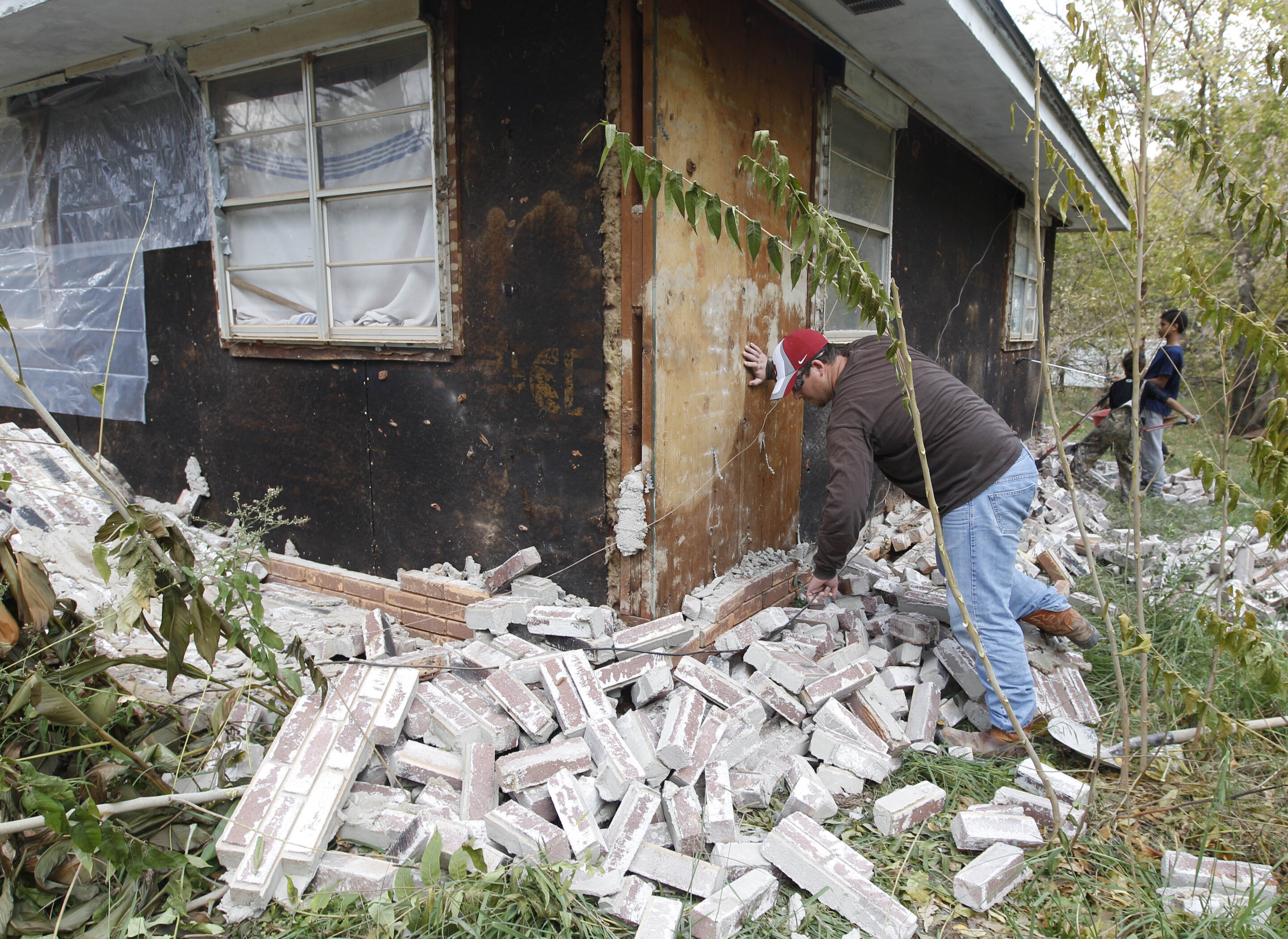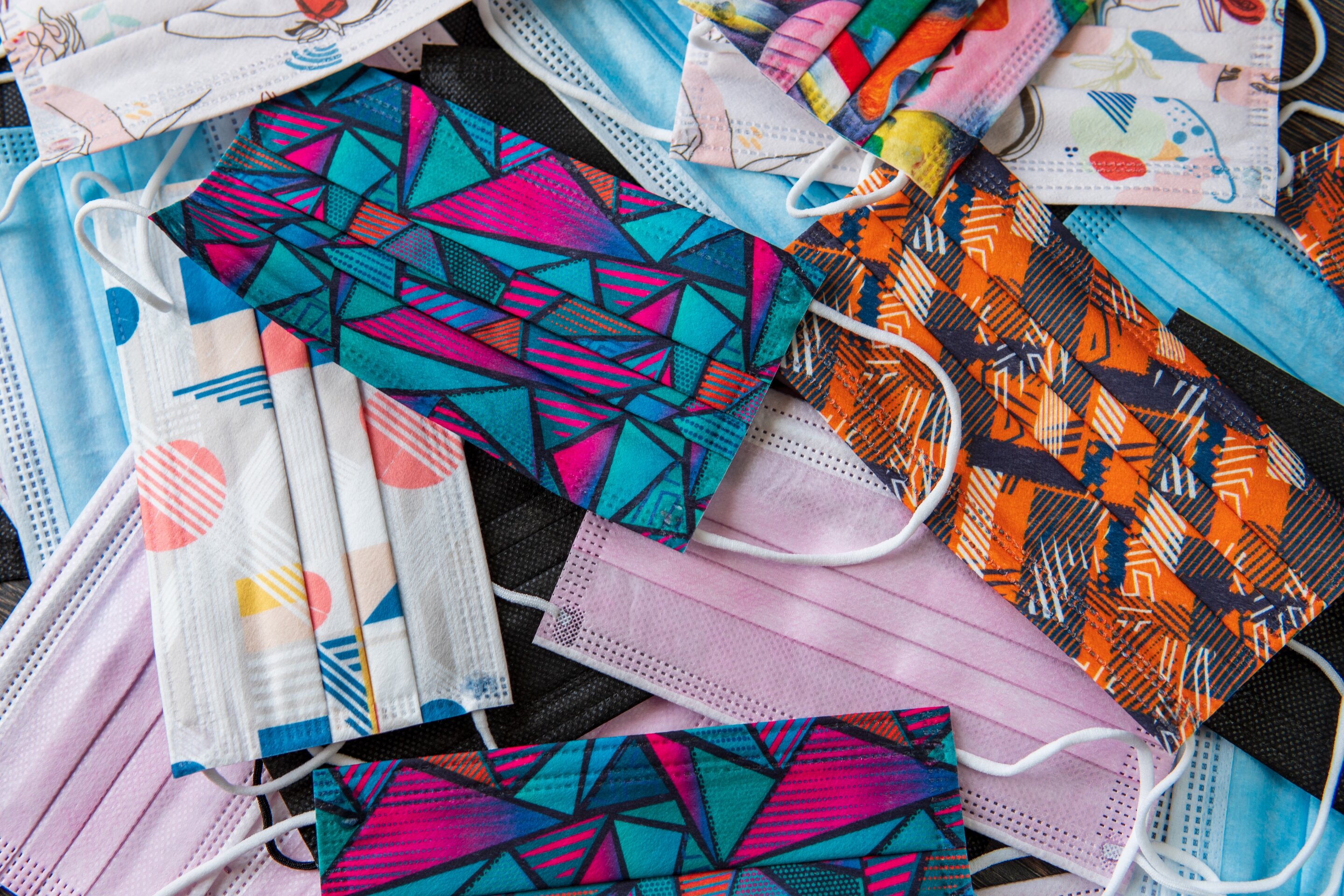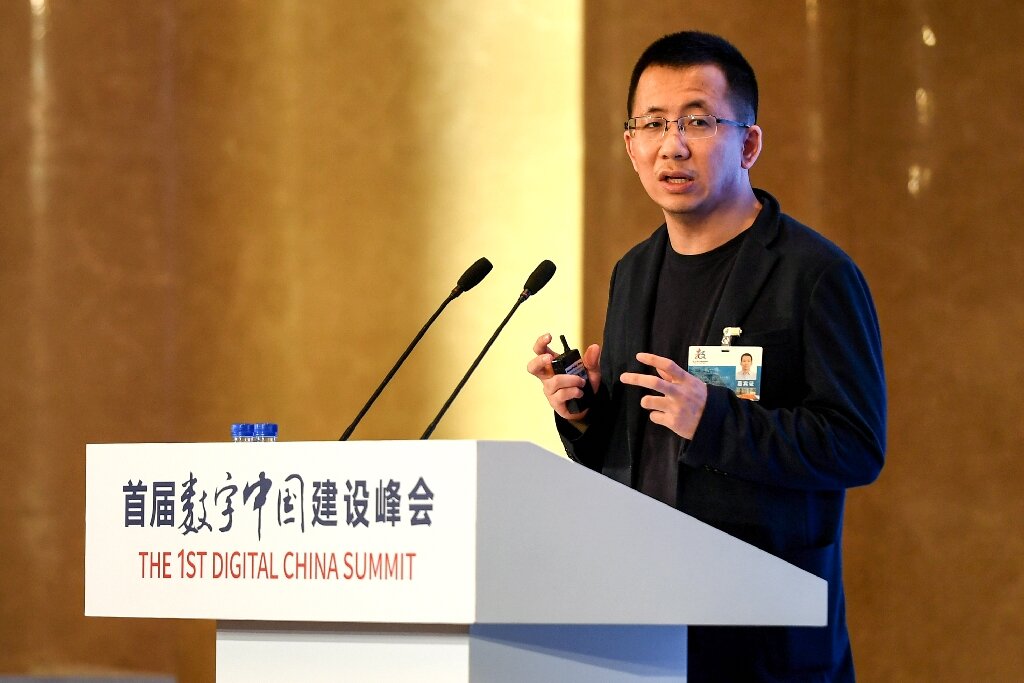#Eco-friendly smart farms based on nutrient solution recirculation
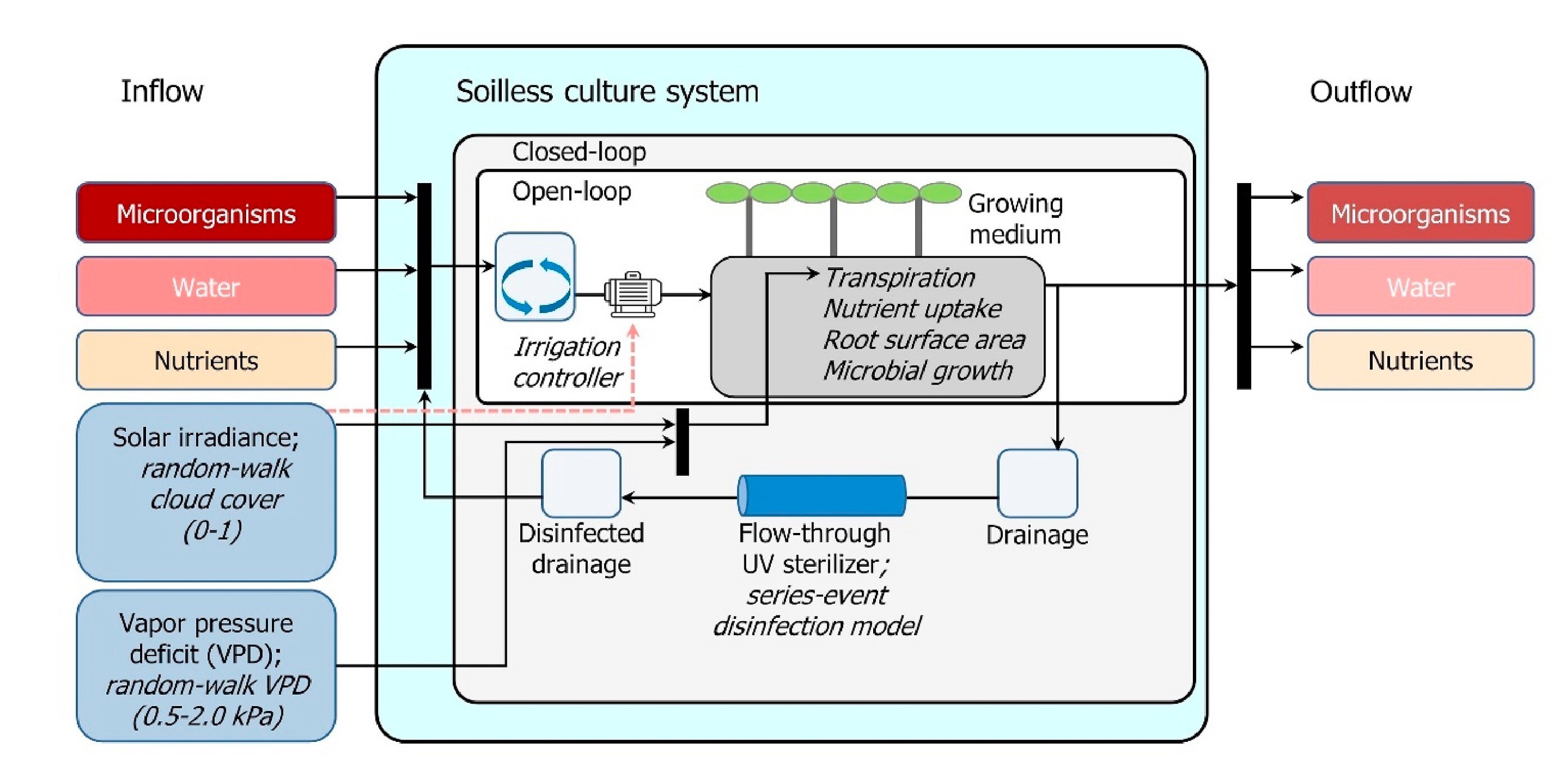
“#Eco-friendly smart farms based on nutrient solution recirculation”

The development of new urban agriculture technologies, such as vertical and smart farms, has accelerated rapidly in recent years. These technologies are based on hydroponic cultivation in which plants are grown using nutrient-rich solutions rather than soil. Approximately 20–30% of the nutrient solutions used during hydroponic cultivation are discharged without being absorbed by the crops, and because most farmers in South Korea do not treat the discharged solutions, hydroponic farms contribute significantly to environmental pollution.
This problem can be reduced if hydroponic farms use a recirculating hydroponic cultivation method that reuses the nutrient solutions after sterilizing them with ultraviolet (UV) light, instead of discharging them. However, two main issues complicate the implantation of such recirculation systems. First, the potential for diseases and nutrient imbalances to develop owing to microbial growth in the recycled nutrient solutions must be eliminated. Second, the initial investment required to set up a recirculating hydroponic cultivation system is often prohibitive, costing hundreds of millions of Korean won per hectare.
However, a new study conducted by researchers at the Korea Institute of Science and Technology (KIST) proposes a method that can stably manage the microbial population in recirculating hydroponic cultivation systems. The research team, led by Drs. Ju Young Lee and Tae In Ahn of the Smart Farm Research Center, KIST Gangneung Institute of Natural Products, conducted an integrated analysis of the microbial growth characteristics by constructing a model that simulates the flow of water and nutrients, and the inflow, growth, and discharge of microorganisms in recirculating and non-circulating hydroponic cultivation systems. Their simulations revealed that the microbial population in recirculating hydroponic cultivation systems can be controlled by adjusting the UV output and the water supply. On the contrary, in non-circulating hydroponic cultivation, the microbial population fluctuates considerably depending on the amount of water used, increasingly sharply if there is too little water.
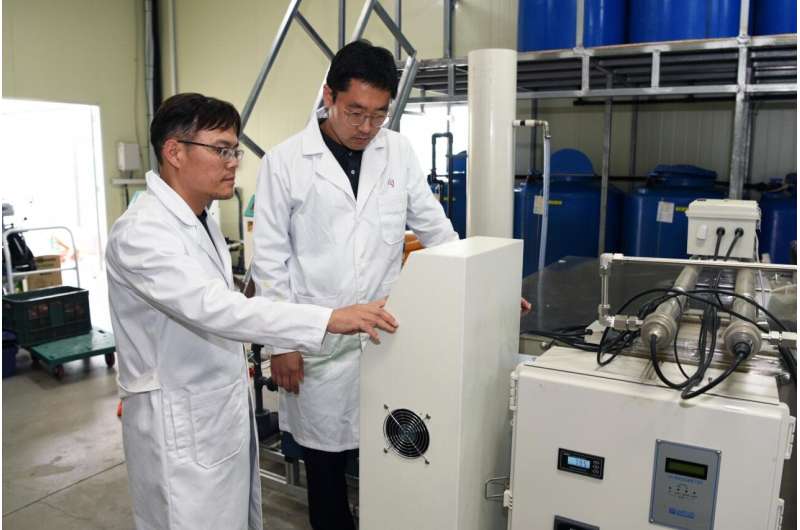
High cost has restricted the use of UV sterilization systems in hydroponic farming in Korea And prompted the research team to develop their own UV sterilization system, with further studies underway to commercialize this system as an economical alternative to imported systems.
The results of the study have already received strong interest: the rights to the operation and management software technology for recirculating hydroponic cultivation has been acquired by Dooinbiotech Co., Ltd. for an advance fee of 80 million won (8.5% of the operating revenue), while an agreement is in place with Shinhan A-Tec Co., Ltd. for the advanced recirculating hydroponic cultivation technology for an advance fee of 200 million won (1.5% of the operating revenue). Commercializing the recirculating hydroponic cultivation system is expected to reduce fertilizer costs by approximately 30-40%, which equates to 30 million won per year based on a 1-hectare farm.
Regarding the envisaged impacts of the study, Dr. Ju Young Lee said, “The developed system makes the transition to eco-friendly recirculating hydroponic cultivation systems an affordable option for many more farmers.”
Dr. Tae In Ahn added, “We are also developing software and operation manuals to guide farmers in managing the nutrient balance in the solutions to increase the number of farms using the recirculating hydroponic cultivation system.”
Aquaponics treatment system inspired by sewage plants grows tastier crops and keeps fish healthy
Tae In Ahn et al, Nutrient recirculating soilless culture system as a predictable and stable way of microbial risk management, Journal of Cleaner Production (2021). DOI: 10.1016/j.jclepro.2021.126747
Provided by
National Research Council of Science & Technology
Citation:
Eco-friendly smart farms based on nutrient solution recirculation (2021, June 15)
retrieved 15 June 2021
from https://phys.org/news/2021-06-eco-friendly-smart-farms-based-nutrient.html
This document is subject to copyright. Apart from any fair dealing for the purpose of private study or research, no
part may be reproduced without the written permission. The content is provided for information purposes only.
If you liked the article, do not forget to share it with your friends. Follow us on Google News too, click on the star and choose us from your favorites.
For forums sites go to Forum.BuradaBiliyorum.Com
If you want to read more Like this articles, you can visit our Science category.
